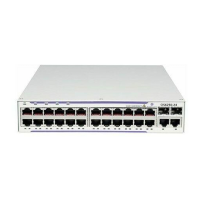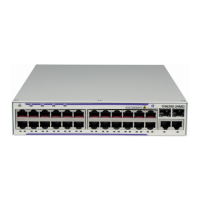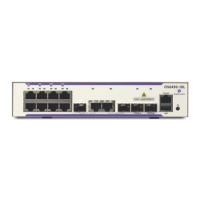Boot Option Files
7210 SAS D, E, K OS Basic System Configuration Guide Page 143
Figure 14: 7210 SAS-K Rear Panel (non-ETR)
Figure 15: 7210 SAS-K ETR Front Panel
Figure 16: 7210 SAS-K ETR Rear Panel
To establish a console connection:
Step 1
Connect the terminal to the Console port on the front panel using the serial cable.

